
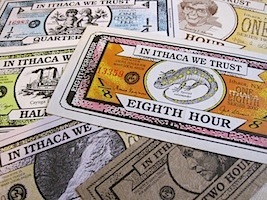

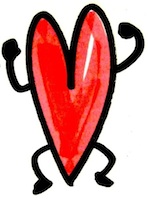
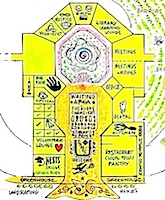
 |
 |
 |
 |
 |
| PAUL
GLOVER ESSAYS: community
control of food, fuel, housing, health care,
planning, education, finance. |
| HOME | INTRO | CURRENCY | SUCCESSES | HOW-TO BOOK | PUBLICITY | ESSAYS |
 |
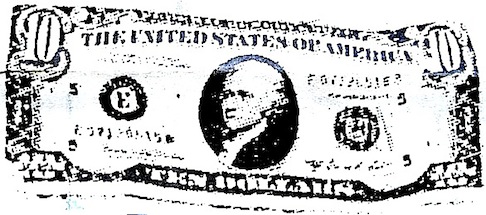 |
|
Real Money
HOUR money is cash created locally by everyone who advertises their
willingness to accept it. HOURS stay within your region. HOURS are real money because they're backed by
the real skills and time of local people, and represent our real
productive capacity. Our votes at public meetings ensure that
HOURS are issued in a fair and careful manner.Each time they're spent they weave a self-help network that creates employment here and forms export industries. HOURS help us replace unnecessary imports with local food, fuel, clothing, tools, services and culture. Eventually HOURS can be used independent of dollar amounts, protecting us from inflation. |
Funny Money
Dollars enter circulation through forces beyond our control, such as
multinational corporations, foreign investors and large
banks. Dollars
visit a while and then leave town, primarily for food, fuel and
car costs. Lately more dollars are leaving than
usual. HOURS can
gradually plug this leak. The dollar's value has fallen because it is backed by nothing but federal debt ($14 million million) that can never be repaid. Washington prints $900,000 of debt every minute just to buy what it can't afford. That's funny money. When Uncle Sam can no longer collect enough even to repay debt interest to foreign investors they may cease buying dollars. Then dollars will become useless. |
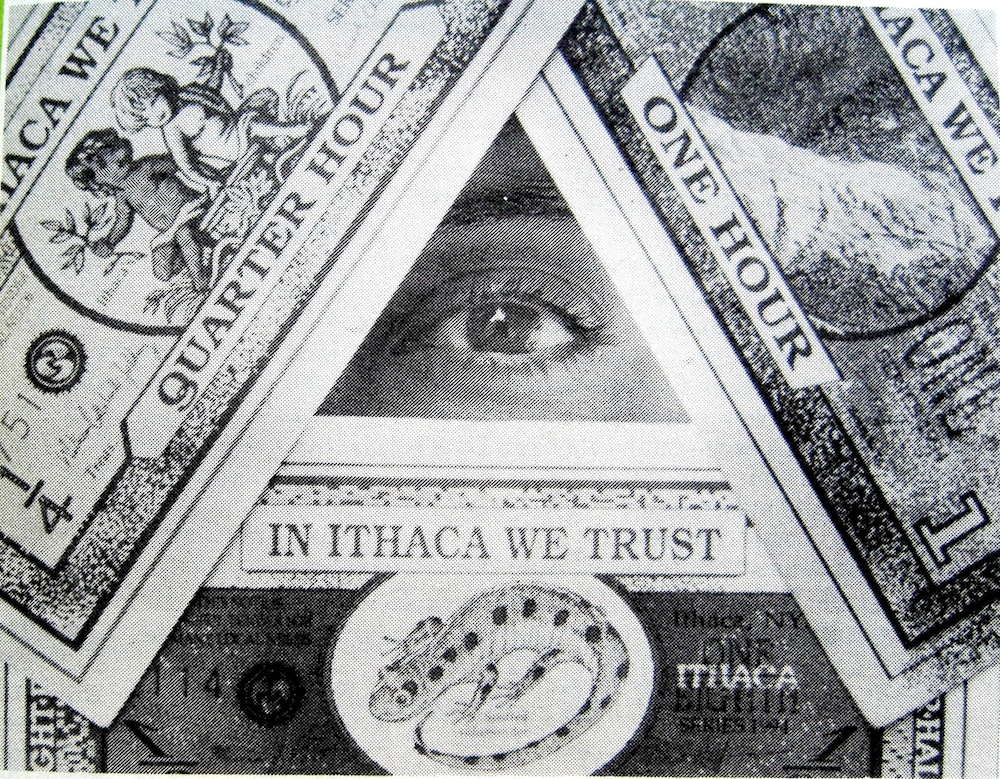 photo by Bill Warren, Ithaca
Journal
|
|
What's an HOUR?
Local paper money based on labor time which is measured by globally
accepted reliable intervals of earth's daily rotation called hours
(from the Greek hora: time or season). Division of days into
24 hours
started in Babylon at least 4,000 years ago. Ithaca's
HOURS have been
issued gradually and carefully since 1991, in direct relation to the
goods and services they will buy. They raise the wage for
basic labor
to One HOUR value ($10.00). At least 30 other cities follow
this
example. |
What's a Dollar?
Originally a respected silver coin minted beginning 1519 in St.
Joachimstal
(from German tal:
valley), in Bohemia (now Czeck
Republic), which became known as the taler,
later called the daler,
and later dollar.
The dollar was adopted by the USA in 1792,
and is now
the unit of money in over 20 countries. The US dollar was
backed by
gold only until 1933, by silver until 1971, and is currently backed by
less than nothing: more than $14 million million of national debt. |
| HOME | INTRO | CURRENCY | SUCCESSES | HOW-TO BOOK | PUBLICITY | ESSAYS |